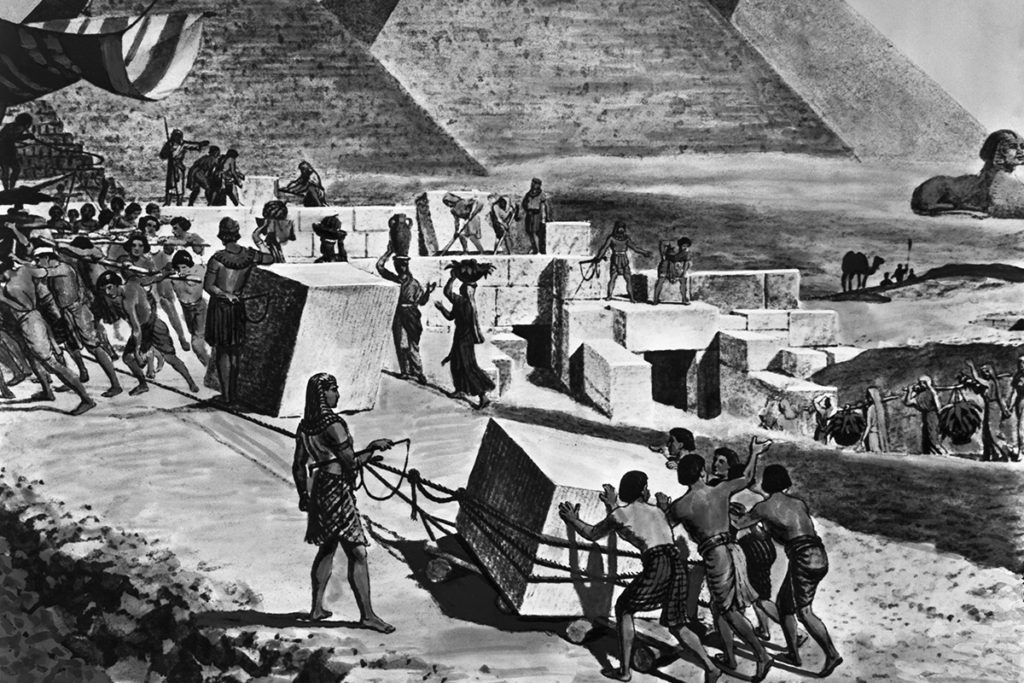The construction of the pyramids stands as one of the most enduring mysteries of human civilization. For centuries, scholars, historians, and enthusiasts alike have grappled with the question of how these monumental structures were built with such precision and ingenuity. Among the myriad theories proposed to explain their construction, perhaps the most enduring—and controversial—is the notion that aliens played a role in their creation. However, upon closer examination, it becomes clear that this theory lacks credibility and does not hold up to scrutiny.
The idea that aliens were responsible for building the pyramids has its roots in ancient astronaut theory, which posits that extraterrestrial beings visited Earth in antiquity and influenced human culture and technology. Proponents of this theory point to supposed evidence in ancient texts, artwork, and architectural marvels like the pyramids as proof of alien intervention.

However, when we examine the evidence more closely, we find that it is largely speculative and lacks concrete support. The ancient texts and artwork cited as evidence of alien visitation are often open to interpretation and can be explained through more mundane means. Similarly, while the construction of the pyramids was undoubtedly a remarkable feat of engineering for its time, there is ample evidence to suggest that it was achievable by human hands alone.
One of the most compelling pieces of evidence against the alien theory is the wealth of archaeological and historical data that provides insight into the methods and techniques used by ancient Egyptians to construct the pyramids. Through painstaking research and excavation, archaeologists have uncovered evidence of the tools, labor practices, and organizational strategies employed in pyramid construction.
For example, evidence suggests that the ancient Egyptians used simple tools such as copper chisels, wooden sledges, and stone hammers to quarry and transport the massive blocks of limestone and granite used in the construction of the pyramids. Additionally, archaeological discoveries have revealed the existence of extensive labor camps and work gangs dedicated to building the pyramids, providing further evidence of human involvement in their construction.

Moreover, modern experiments and simulations have demonstrated that it is entirely feasible for ancient Egyptians to have built the pyramids using the technology and resources available to them at the time. From the quarrying and shaping of stone blocks to the techniques used to transport and stack them into place, researchers have shown that the construction of the pyramids was well within the capabilities of ancient engineering and craftsmanship.
In light of this evidence, the idea that aliens were responsible for building the pyramids becomes increasingly untenable. While it is true that the pyramids remain shrouded in mystery and continue to fascinate and inspire awe, attributing their construction to extraterrestrial beings does a disservice to the ingenuity and resourcefulness of the ancient Egyptians.
Ultimately, the construction of the pyramids stands as a testament to the creativity, skill, and determination of humanity—a remarkable achievement that continues to captivate and inspire us to this day. By debunking the alien theories surrounding their creation, we can gain a deeper appreciation for the ingenuity of our ancestors and the enduring legacy of the ancient world.